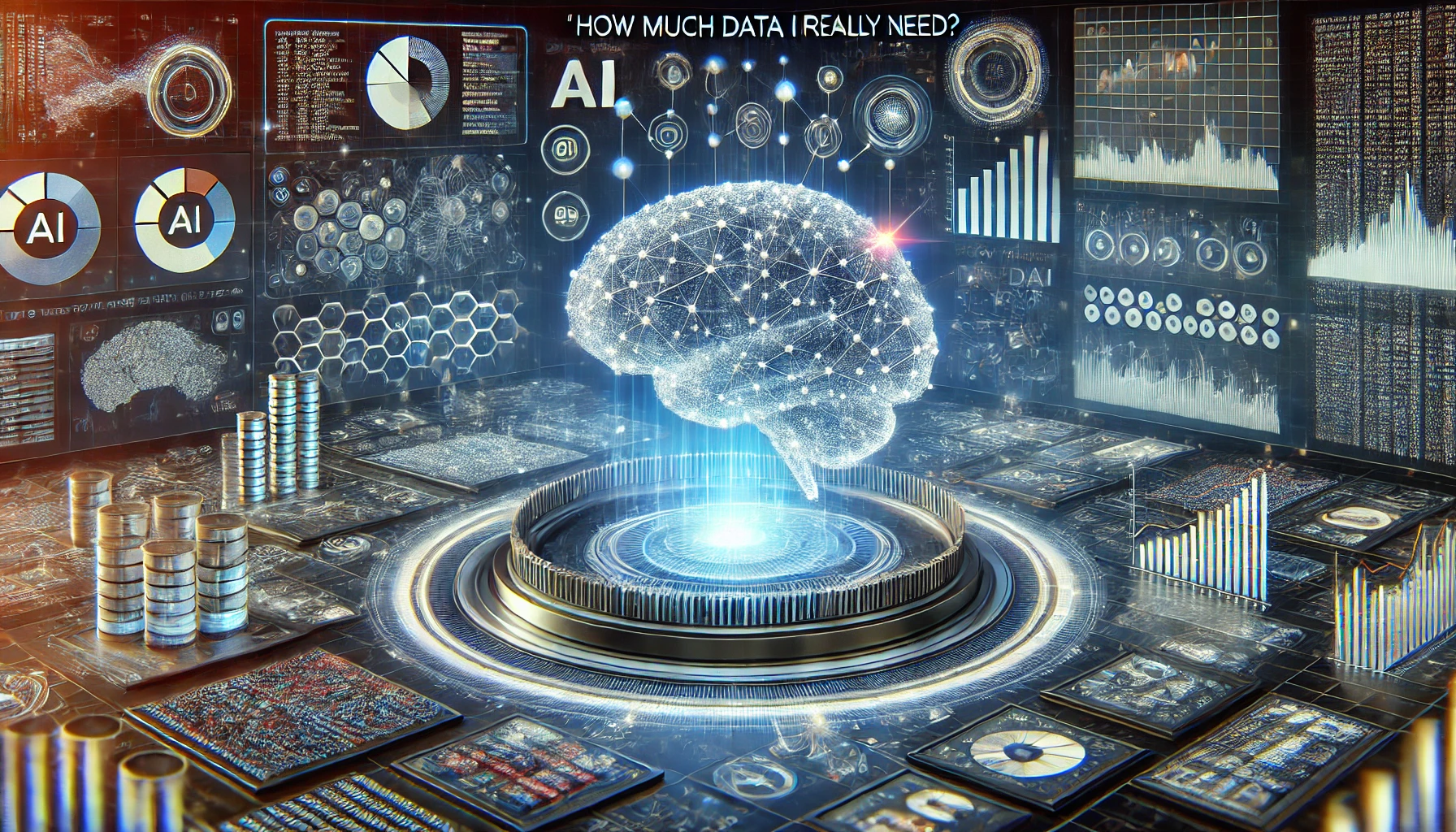Artificial intelligence (AI) has made significant leaps in recent years, from chatbots and recommendation systems to self-driving cars and generative models like GPT. But behind every AI system lies a crucial question: How much data does AI really need? The answer is complex and depends on various factors, including the type of AI model, its purpose, and how well the data is prepared.
1. Types of AI and Their Data Requirements
Different AI models require varying amounts of data to perform effectively:
- Rule-Based AI: These systems operate on predefined rules and need minimal data. Example: Expert systems used in medical diagnostics.
- Traditional Machine Learning (ML): Supervised learning models (e.g., decision trees, SVMs) require thousands to millions of labeled examples. Example: Spam filters in email applications.
- Deep Learning Models: Neural networks like GPT and image recognition AI often require hundreds of millions to billions of data points. Example: ChatGPT and Google’s DeepMind AlphaFold.
For example, OpenAI’s GPT-4 was trained on massive datasets containing text from books, articles, and websites. Meanwhile, self-driving cars require petabytes of video data for training their perception models.
2. Why More Data Often Means Better AI
More data typically leads to better AI performance for several reasons:
- Better Generalization: Larger datasets help models learn patterns more effectively, reducing overfitting.
- Improved Accuracy: More diverse and representative data allows AI to make better predictions.
- Unbiased Learning: A well-balanced dataset minimizes bias and ensures fair AI decisions.
However, just throwing more data at an AI model isn’t always the best solution. The quality, diversity, and relevance of the data are equally important.
3. Does AI Always Need Big Data?
Surprisingly, some AI models perform well with small datasets, provided they use:
- Transfer Learning: Pretrained models like BERT or ResNet allow AI to learn from smaller datasets by leveraging previous knowledge.
- Few-Shot or Zero-Shot Learning: Advanced AI models like GPT-4 can generate meaningful results even with minimal new data.
- Synthetic Data: AI can be trained using artificial or augmented data when real-world data is scarce.
4. Real-World Examples
- GPT-4 & Large Language Models: Trained on trillions of words from the internet.
- Tesla’s Autopilot: Uses video data collected from over one million vehicles.
- Google Translate: Started with a limited dataset but improved dramatically with user feedback.
5. How to Optimize AI with Less Data
If you have limited data, here are some techniques to improve AI performance:
- Data Augmentation: Create variations of existing data using transformations.
- Synthetic Data Generation: Use AI-generated data to supplement real data.
- Active Learning: Train AI on smaller but more relevant subsets of data.
6. Conclusion
AI does not always need massive amounts of data to perform well. Instead, it needs the right data—well-prepared, high-quality, and diverse. Advances in AI training techniques, such as transfer learning and synthetic data, are reducing the need for giant datasets.
Further Reading & Resources
How much data do you think AI really needs? Let’s discuss in the comments!
[SEO optimized]
[SEO optimized]


